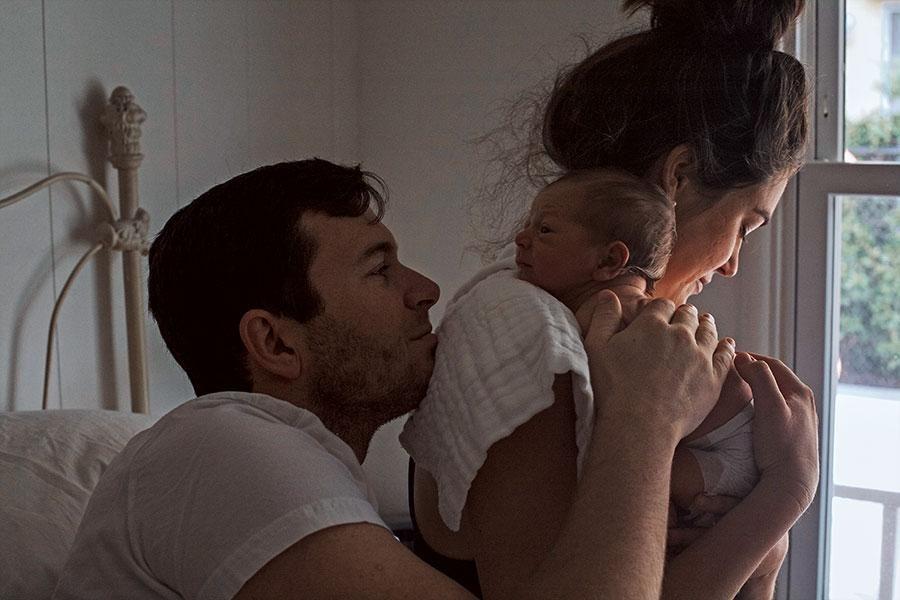BABY
Kangaroo Care’s Benefits Are Seen Into Adulthood
There are long-term effects of skin-to-skin contact for preemies and full-term babies.
Written by
Inger Carter

SHARE THIS ARTICLE
PARENT PICKS
Bestsellers
BABY
Written by
Inger Carter

SHARE THIS ARTICLE
Bestsellers
Kangaroo Mother Care (KMC) has just turned 20, and we’ve all received a gift—insight into the long-term benefits of this once daring, but now mainstream, baby care practice. A new study follows up with the preemies in the landmark trial—who are now young adults—and the findings are quite remarkable.
For those unfamiliar with Kangaroo Care, in its original form, preterm/low birth weight babies are strapped upright with skin touching skin to the mother's bosom and exclusively (or nearly exclusively) breastfed. Its near-term benefits include:
So how are the original Kangaroo Care kids faring as adults? Compared to the control group, the babies who got Kangaroo Mother Care are more likely to live into their 20s, have bigger brains and score slightly higher on intelligence. They tend to be better socially adjusted adults, showing less aggressiveness, impulsiveness, hyperactivity and antisocial behavior. They even skipped school less and earned slightly more in wages than those who didn’t the same high-touch infant care! The study theorizes Kangaroo Mother Care may help less-educated/low-income mothers become more sensitive to their babies’ needs, resulting in equivalent caregiving found in more favorable environments.
While the recent study shows a link—but not a direct relationship—between the long-term benefits of Kangaroo Mother Care and Skin-to-Skin Care, it can’t be denied that our current knowledge already makes it worthwhile. And also, it’s simply lovely to hold your newborn close as can be, as much as you can. Don’t hold back!
The most commonly known offshoot of Kangaroo Mother Care is “skin-to-skin care” (SSC), today recommended for pre- and full-term babies alike, in which moms and dads both spend time bare-chested cuddling their diapered newborn. Skin-to-skin care has shown the added awesomeness of improved breastfeeding and milk production for the mother, increased satisfaction and lower stress for both parents, and enhance baby-bonding.
Although Kangaroo Mother Care might lead you to believe it’s only for mothers, the exact same benefits apply for dads and babies too. Fathers are encouraged to Kangaroo Care for their babies in the same level of frequency as mothers.
Common sessions tend to be for one-to-two times a day for at least one hour session each. However, there isn’t a limit on how long you should do Kangaroo Mother Care, in fact, the more frequency the better.
Kangaroo Care should start immediately after birth and can last throughout the entire post partum period, but typically ending around 12 weeks.
Due to all the benefits for both babies and their parents, there’s no reason to shy away from Kangaroo Mother Care. So feel free to give your baby all the skin-to-skin cuddles you want, as you both will reap its advantages.
Disclaimer: The information on our site is NOT medical advice for any specific person or condition. It is only meant as general information. If you have any medical questions and concerns about your child or yourself, please contact your health provider. Breastmilk is the best source of nutrition for babies. It is important that, in preparation for and during breastfeeding, mothers eat a healthy, balanced diet. Combined breast- and bottle-feeding in the first weeks of life may reduce the supply of a mother's breastmilk and reversing the decision not to breastfeed is difficult. If you do decide to use infant formula, you should follow instructions carefully.